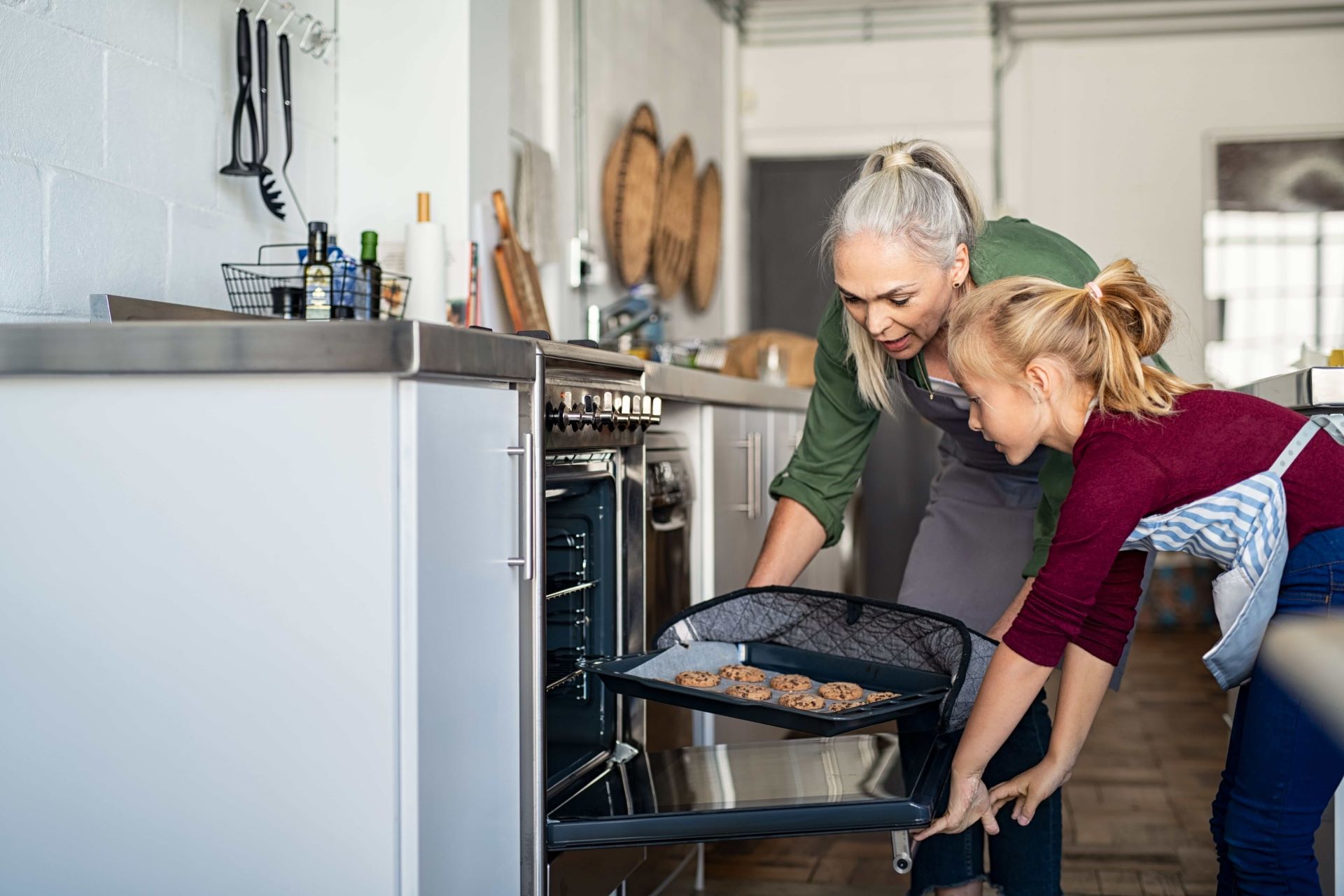Given that the kitchen is widely regarded as the most significant room in any home, it is one of the features that most people seek while looking for a house for sale in Laguna. In addition to containing everything needed to prepare meals and cook food, the kitchen also acts as a center for storage, a place to sit, and a communications hub, all of which may be added to the lists of things to keep in mind when looking for a house for sale in Laguna.
Residents can do a number of tasks in their kitchens, such as preparing food, storing and organizing their stocks, and trying out new recipes. As a result, homebuyers search for the greatest house for sale in Laguna where they may freely customize their kitchens by, for instance, investing in a fan and exhaust system, selecting the best kitchen appliances, and, most importantly, choosing the best ovens.
Furthermore, considering that cooking is a basic need of all, it can be achieved using various ways. It is apparent that this activity or hobby requires heat to cook, and this heat is generated from open-fire cooking, gas stove, and heating elements in ovens.
Moreover, ovens come in a wide variety of forms, including microwave ovens, electric ovens, steam ovens, and toaster ovens, and they are employed for a diverse range of tasks. The majority of people choose to use ovens since they make cooking faster, better, and simpler.
Hence, this article will focus on the key aspects of what it’s like to have an oven in your home, the different types of ovens, the difference between a conventional and convection oven, and when is the ideal time to use a convection setting.
What Is an Oven?
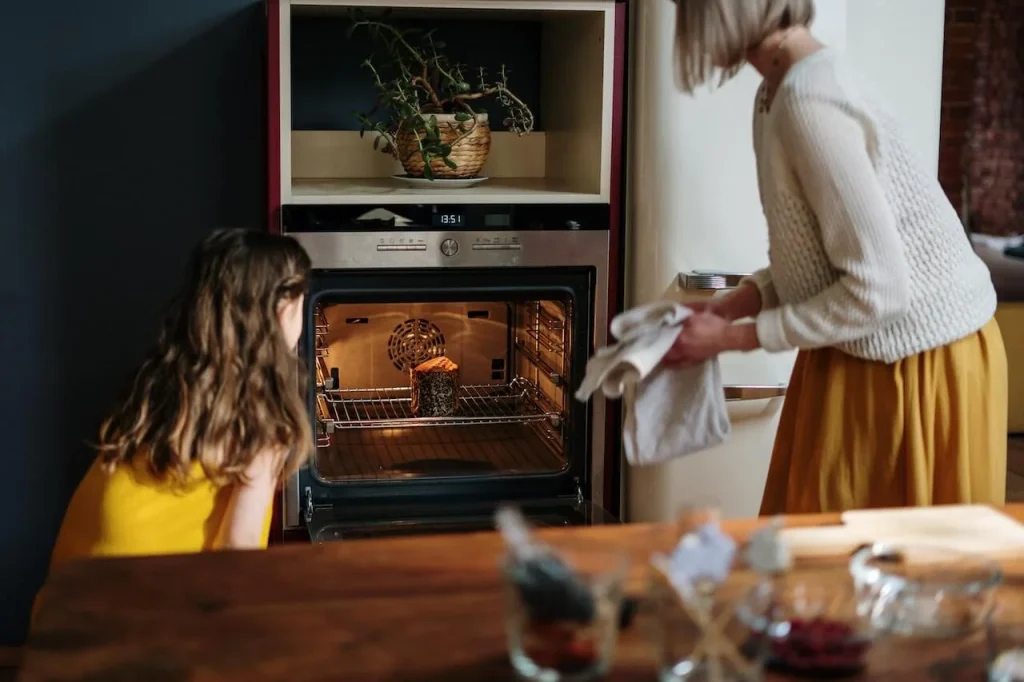
An oven is a tool that subjects materials to a hot place. The oven has a hollow chamber inside of it and offers a technique to gradually heat the chamber. They contain timers in addition to a temperature control button to manage the temperature at which particular meals will be cooked. It also comes in a variety of designs, including wall ovens, industrial ovens, earth ovens, and industrial ovens. Food is cooked in an oven using either gas or electricity.
Types of Ovens
According to their procedure, ovens include:
Microwave oven
Microwaves, a type of electromagnetic radiation akin to radio waves, are used in microwave ovens to heat food. Microwaves can be used in cooking as they reflect off of metal; penetrate through glass, paper, plastic, and other similar materials; and are absorbed by food.
Electric oven
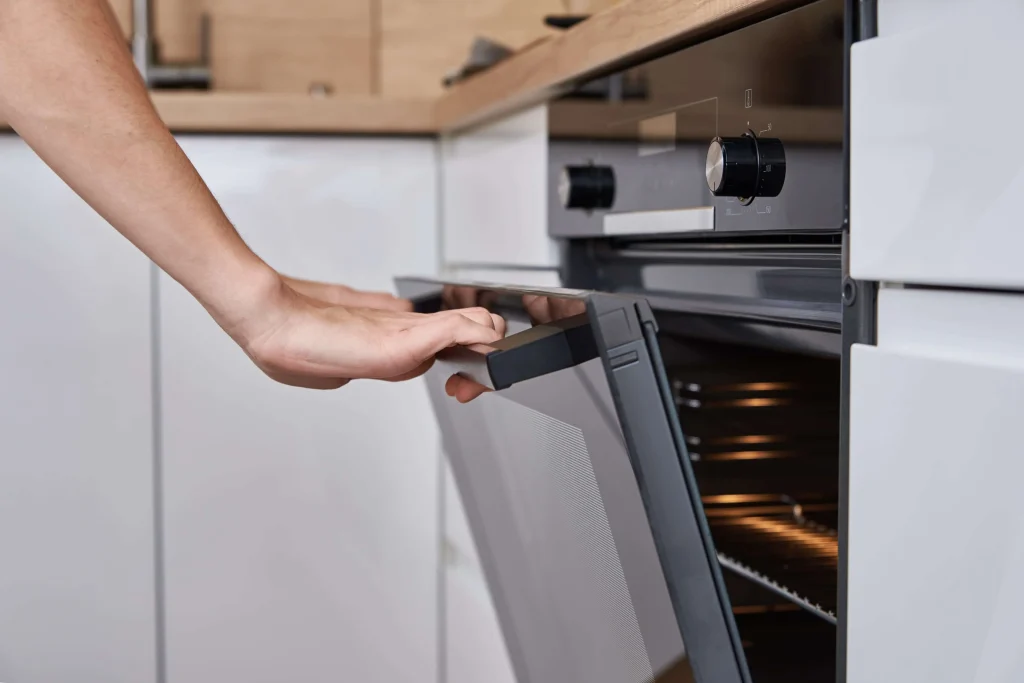
These generate heat electrically, frequently by resistive heating. The cooking area is contained in a cabinet.
Toaster oven
These are mini electric ovens equipped with a wire rack, removable baking tray, and front door. Slices of bread are placed horizontally on a rack in a toaster oven to toast.
Earth oven
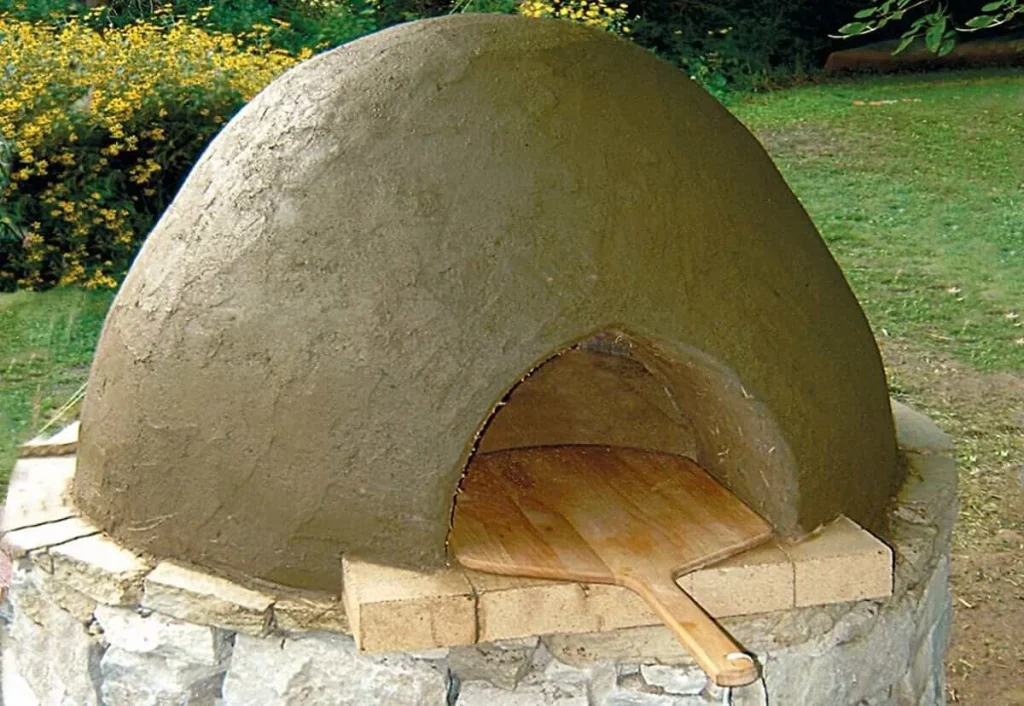
Photo from clay-works.com
A pit dug into the ground and heated by hot rocks or burning material is known as an earth oven. This has been utilized for cooking by numerous tribes throughout the world.
Gas oven
A cooking appliance that cooks food using gas. It serves as the norm and foundation for contemporary gas ovens.
Brick ovens
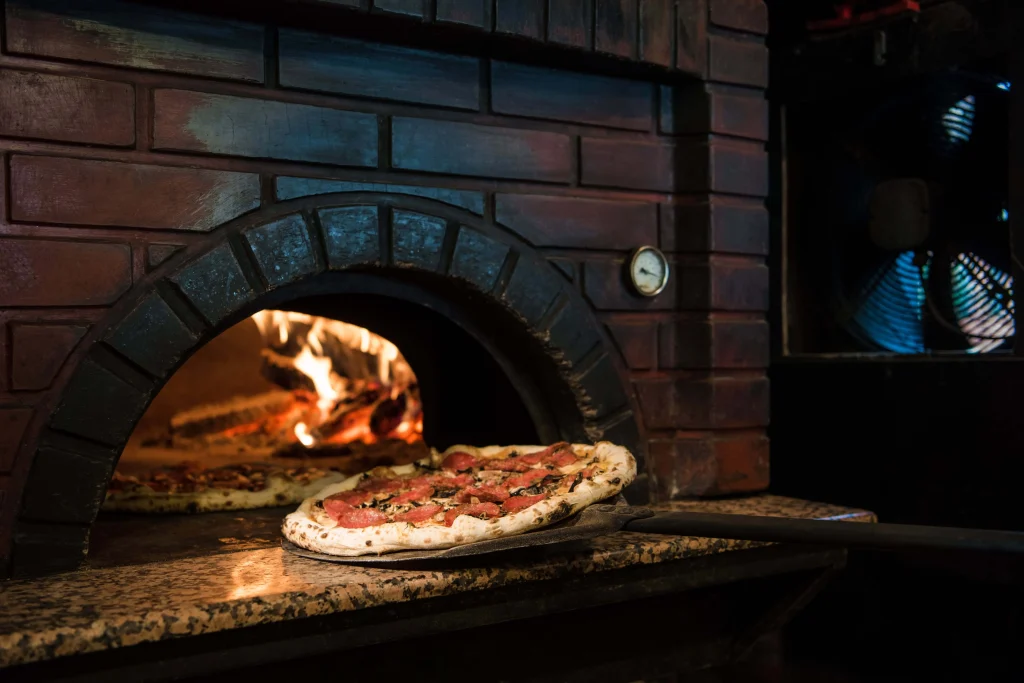
These are yet another oven of the ceramic variety. Italian culture, which has a long history with pizza, is one that is most renowned for its usage of brick ovens.
Difference Between Convection and a Conventional Oven
Gas or electricity can be used to heat both conventional and convection ovens, although they produce different amounts of heat. Regular ovens, also known as conventional, radiant, or thermal ovens, heat the oven cavity primarily with a heating material, either gas or electric, located at the bottom of the oven. In contrast to conventional ovens, which tend to have somewhat stagnant air, convection ovens have a fan that circulates the air, allowing food to cook more quickly and preventing the dreaded hot or cold areas.
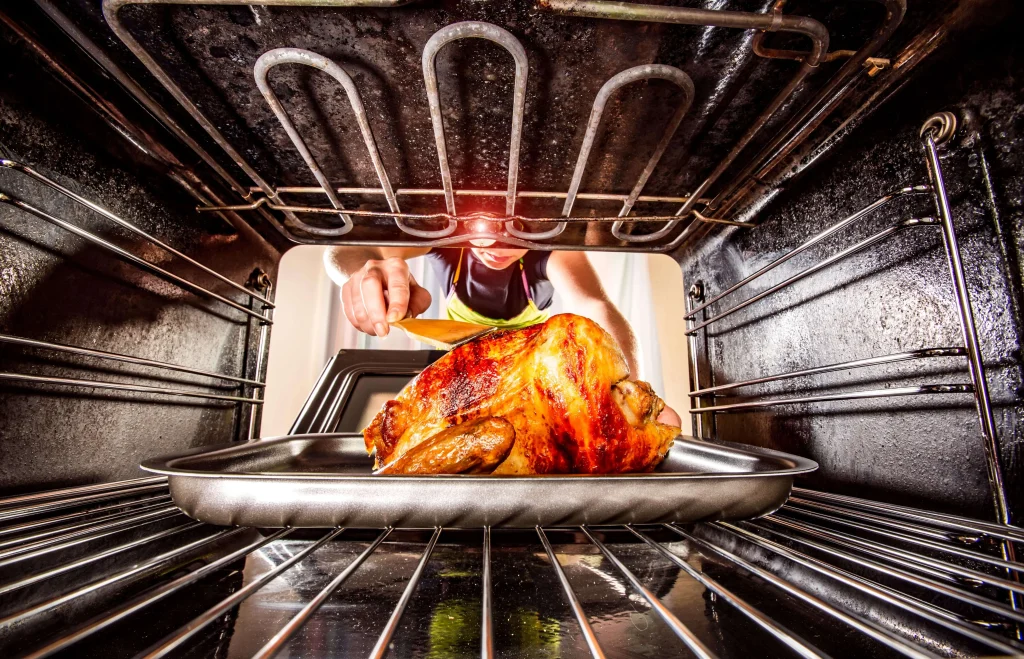
When to Use the Convection Setting?
Roasting
Convection cooking is very advantageous for roasting food like meats and vegetables. They cook more promptly and precisely, and the dryer conditions provide considerably crispier skin and tastier caramelized exteriors. Convection roasting allows meats like turkey and chicken to develop a wonderfully crispy exterior whilst also retaining their luscious interiors.
Baking
Convection heat quickly transforms fat into steam and helps pastries like croissants and pie dough rise higher. Without rotating or switching out racks at various points during the cooking process, cookies and brownies may also bake more effectively.
Cooking with a cover
Moisture loss is not an issue if the food is covered with a lid, even in a braise, or if a casserole dish is covered with foil, thus you might as well cook on convection as it will cook more rapidly.
How to Use Convection?
First of all, all recipes are made for conventional ovens unless otherwise noted. Therefore, in order to use convection while following a recipe, you need to reduce the temperature by 25 degrees and check for doneness 25 percent earlier than the recommended time. (The item may still cook faster even with the lower temperature. Likewise, it’s nearly always a good idea to double-check on anything you have in the oven midway through the cooking time to see how it’s going.)
Before modifying temperatures, it’s necessary to read your oven’s user handbook and understand how it operates. However, while utilizing convection, some ovens automatically adjust the temperature. If this is the case, even if you set the oven, for instance, at 400 degrees, it would immediately descend to 375 degrees. Additionally, the temperature displayed may be the converted one or the original input temperature depending on the brand and type.
Last but not least, you must avoid doing anything to obstruct vital air movement when baking with convection. To ensure there is sufficient space for air to travel around the food, use baking pans with low edges (sheet pans are ideal).
Read more: Essential Kitchen Items You’ll Need to Start Cooking Like a Pro


